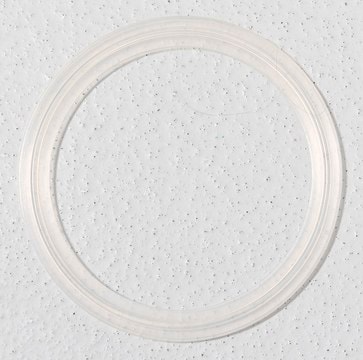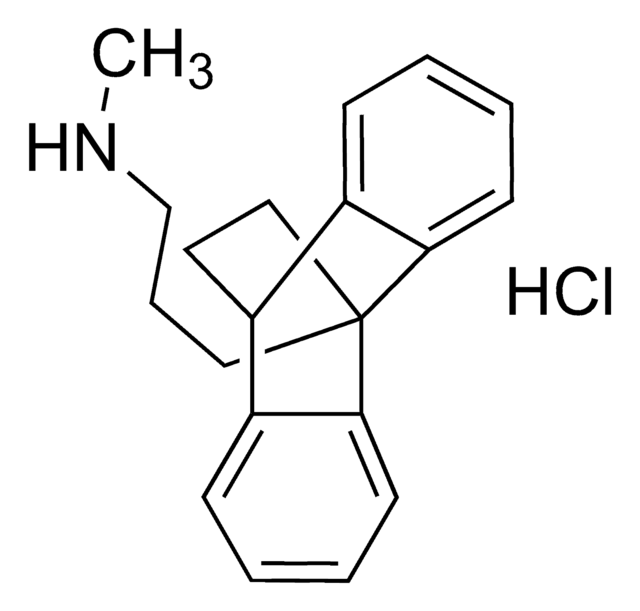ABE2889
Anti-phospho 4E-BP1 (Ser83)
serum, from rabbit
Sinónimos:
Eukaryotic translation initiation factor 4E-binding protein 1, eIF4E-binding protein 1, Phosphorylated heat- and acid-stable protein regulated by insulin 1, PHAS-I
About This Item
Productos recomendados
origen biológico
rabbit
Nivel de calidad
forma del anticuerpo
serum
tipo de anticuerpo
primary antibodies
clon
polyclonal
reactividad de especies
human
envase
antibody small pack of 25 μL
técnicas
flow cytometry: suitable
immunocytochemistry: suitable
immunofluorescence: suitable
western blot: suitable
isotipo
IgG
Nº de acceso NCBI
Nº de acceso UniProt
Condiciones de envío
ambient
modificación del objetivo postraduccional
phosphorylation (pSer83)
Información sobre el gen
human ... EIF4EBP1(1978)
Descripción general
Especificidad
Inmunógeno
Aplicación
Flow Cytometry Analysis: A representative lot detected phospho 4E-BP1 (Ser83) in Nocodazole-arrested HeLa cells (Velasquez, C., et. al. (2016). Proc Natl Acad Sci USA. 113(30):8466-71).
Immunocytochemistry Analysis: A representative lot detected phospho 4E-BP1 (Ser83) in HEK293 and U2OS cells (Velasquez, C., et. al. (2016). Proc Natl Acad Sci USA. 113(30):8466-71).
Western Blotting Analysis: A representative lot detected phospho 4E-BP1 (Ser83) in Nocodazole-arrested HeLa cells, GST-4E-BP1 treated with mitotic HeLa lysate (Velasquez, C., et. al. (2016). Proc Natl Acad Sci USA. 113(30):8466-71).
Western Blotting Analysis: A representative lot detected phospho 4E-BP1 (Ser83) in Hela cells treated with Nocodazole (Courtesy of Dr. Yuan Chang at University of Pittsburgh).
Immunofluorescence Analysis: A 1:500 dilution from a representative lot detected phospho 4E-BP1 (Ser83) in FFPE MCC tissue (Courtesy of Dr. Yuan Chang at University of Pittsburgh).
Epigenetics & Nuclear Function
Calidad
Western Blotting Analysis: A 1:1,000 dilution of this antibody detected phospho 4E-BP1 (Ser83) in lysate from HeLa cells treated with Nocodazole (100 ng/mL).
Descripción de destino
Forma física
Almacenamiento y estabilidad
Handling Recommendations: Upon receipt and prior to removing the cap, centrifuge the vial and gently mix the solution. Aliquot into microcentrifuge tubes and store at -20°C. Avoid repeated freeze/thaw cycles, which may damage IgG and affect product performance.
Otras notas
Cláusula de descargo de responsabilidad
¿No encuentra el producto adecuado?
Pruebe nuestro Herramienta de selección de productos.
Código de clase de almacenamiento
12 - Non Combustible Liquids
Clase de riesgo para el agua (WGK)
WGK 1
Punto de inflamabilidad (°F)
Not applicable
Punto de inflamabilidad (°C)
Not applicable
Certificados de análisis (COA)
Busque Certificados de análisis (COA) introduciendo el número de lote del producto. Los números de lote se encuentran en la etiqueta del producto después de las palabras «Lot» o «Batch»
¿Ya tiene este producto?
Encuentre la documentación para los productos que ha comprado recientemente en la Biblioteca de documentos.
Filtros activos
Nuestro equipo de científicos tiene experiencia en todas las áreas de investigación: Ciencias de la vida, Ciencia de los materiales, Síntesis química, Cromatografía, Analítica y muchas otras.
Póngase en contacto con el Servicio técnico








